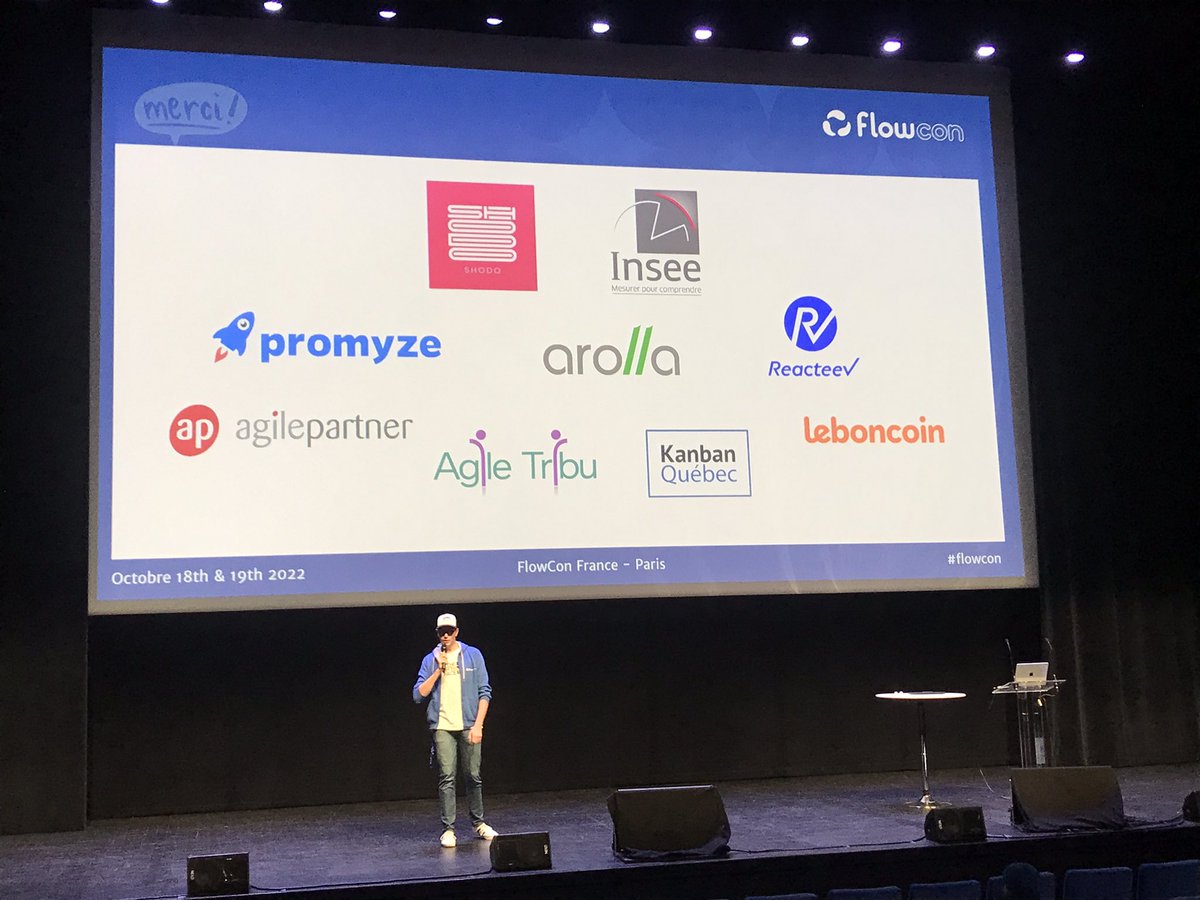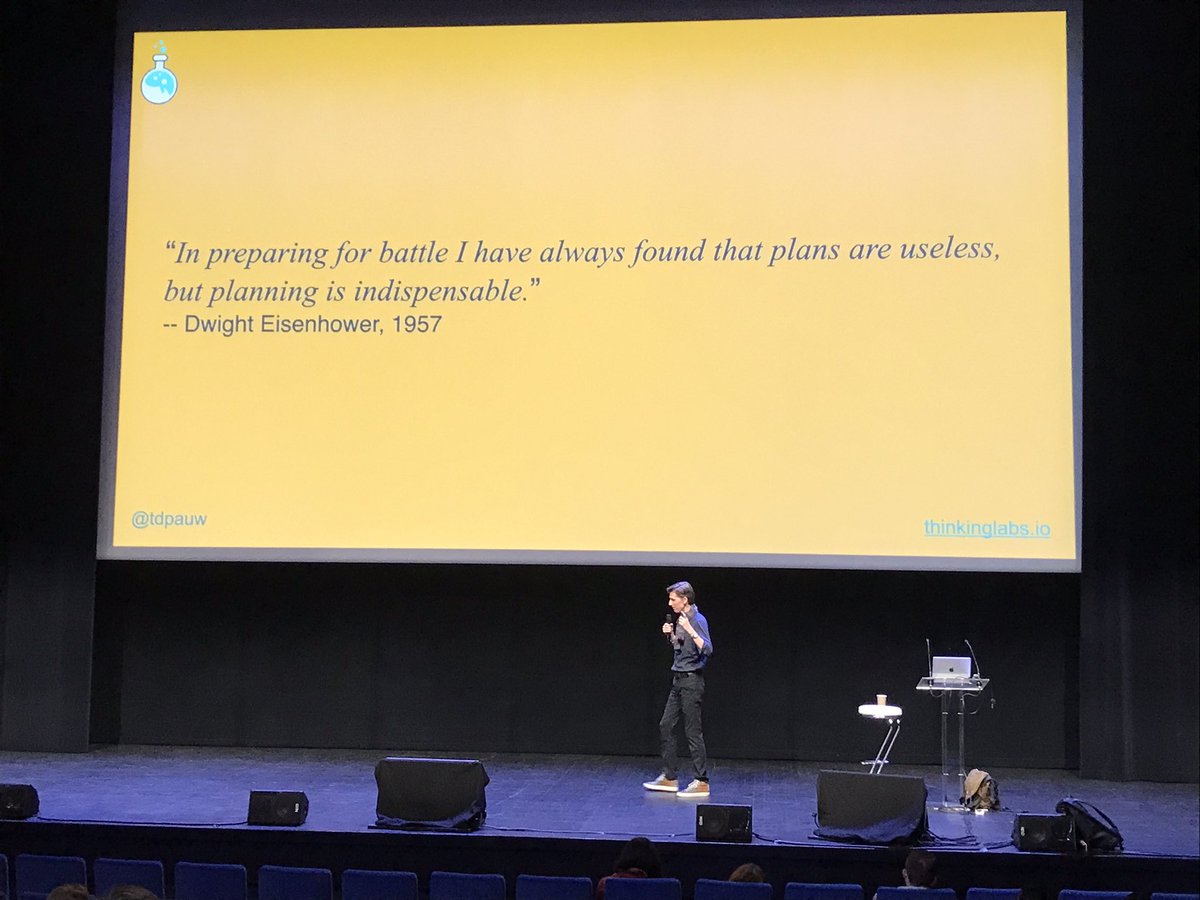
This is a special year for #flowcon 🎂 

Trust us, there will be amazing content –thank you to all our speakers for being here! #flowcon 

Big thanks to our sponsors as well, without whom we wouldn’t be here today #flowcon #tech #conference 

• • •
Missing some Tweet in this thread? You can try to
force a refresh


























